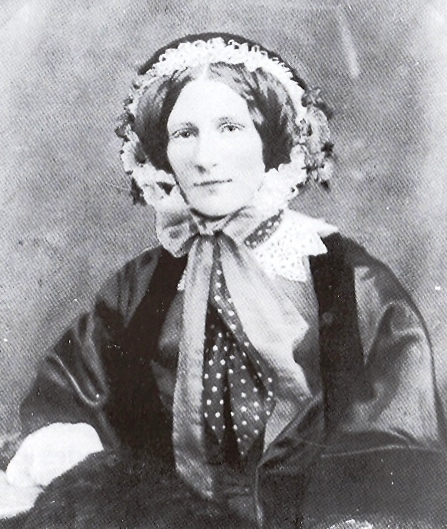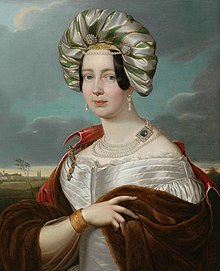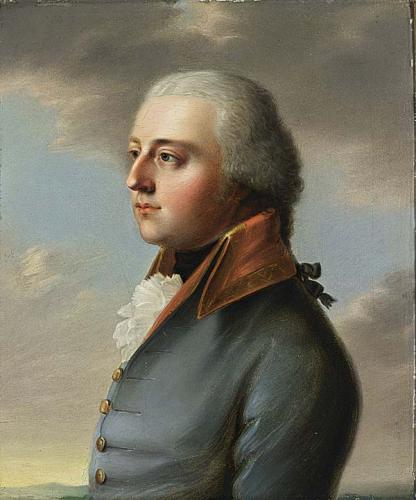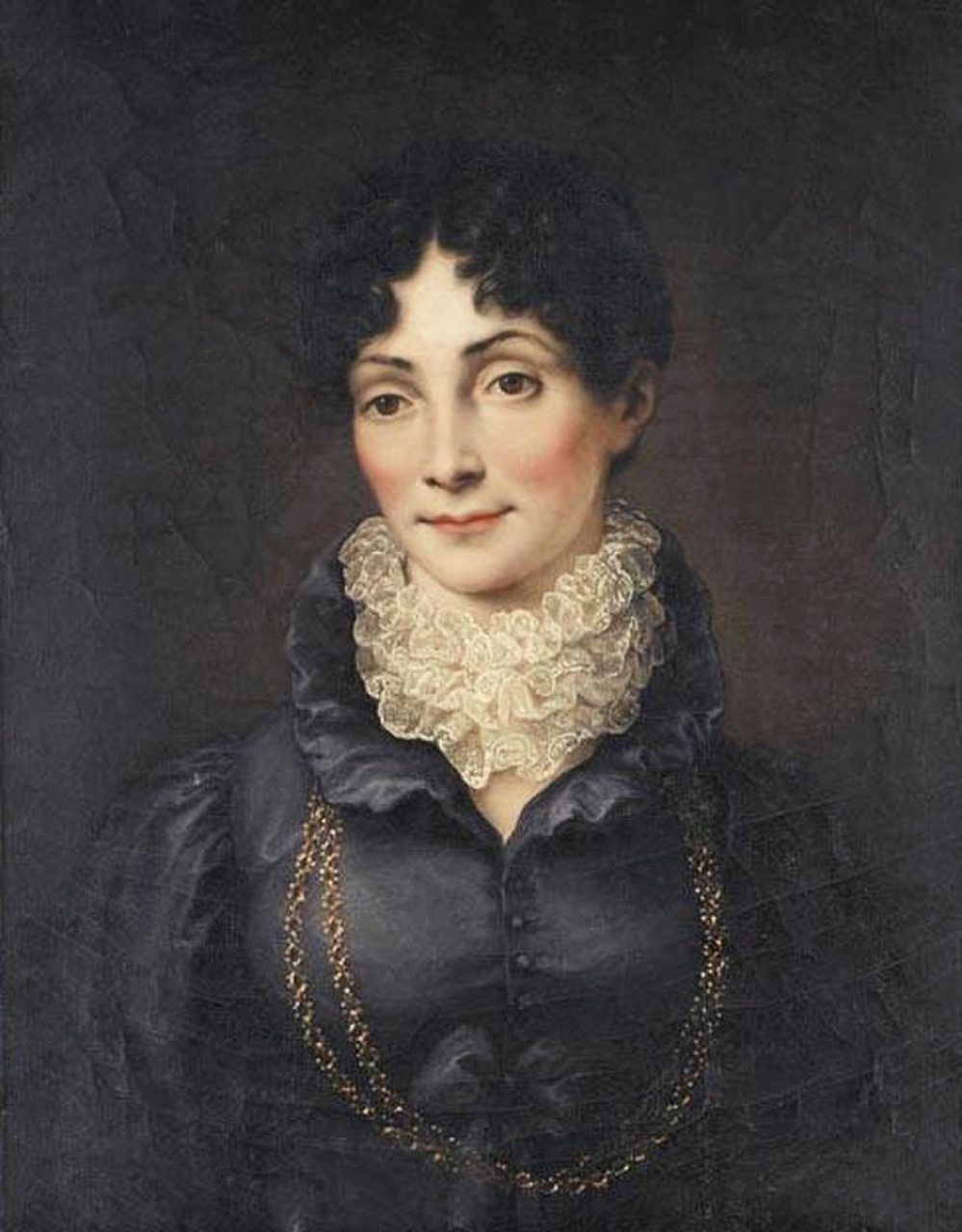by Susan Flantzer © Unofficial Royalty 2018

Grand Duke Michael Alexandrovich; Credit – Wikipedia
Grand Duke Michael Alexandrovich was the first of the eighteen Romanovs who were killed during the Russian Revolution. Born on December 4, 1878, he was the third of the three surviving sons and the fourth of the five surviving children of Alexander III, Emperor of All Russia and Princess Dagmar of Denmark (Empress Marie Feodorovna). After his brother George died in 1899, Michael was the heir to the Russian throne until the birth of his hemophiliac nephew Alexei, the only son of Michael’s eldest brother Nicholas II, Emperor of All Russia, in 1904.
In 1910, Michael’s mistress Natalia Sergeyevna Wulfert gave birth to a son named George after Michael’s deceased brother. Michael and Natalia married morganatically in 1912 in Vienna, Austria, and were exiled from Russia until 1914 when Michael’s brother Nicholas allowed the couple and their son to return to Russia.
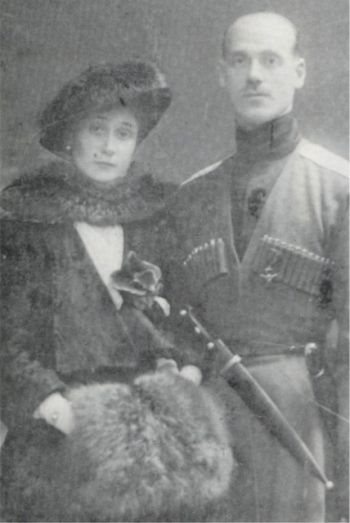
Natalia and Michael; Credit – Wikipedia
On March 15, 1917, when Nicholas II signed his abdication manifesto, he decided to abdicate in favor of his son Alexei but changed his mind after conferring with doctors who said the hemophiliac Alexei would not survive without his parents, who would surely be exiled. Nicholas then decided to abdicate in favor of his brother Michael. However, Michael declined to accept the throne unless the people were allowed to vote for the continuation of the monarchy or for a republic. Of course, that vote never happened.
After going through several periods of house arrests, Michael was arrested on March 7, 1918, along with his British secretary Nicholas Johnson, and imprisoned at the Bolshevik headquarters in St. Petersburg. Four days later, Michael and Johnson were sent to Perm, a thousand miles to the east. In Perm, the Bolshevik orders were that “Michael Romanov and Johnson are entitled to live in freedom under the surveillance of the local Soviet authorities.” Meanwhile, Natalia obtained a travel permit so she could join Michael in Perm. However, Michael and Natalia’s reunion did not last long. Because the Bolsheviks and the White Army were fighting in the area, Michael and Natalia feared that she could become trapped in Perm in a dangerous situation and so Natalia left on May 18, 1918, for Moscow. On May 21, 1918, Michael made the first of a number of “required” visits to the Perm office of the Cheka, the Soviet secret police.

Grand Duke Michael and Nicholas Johnson in Perm, April 1918; Photo Credit – Wikipedia
Fears that the White Army might move into Perm and an unsuccessful White Army raid in Ekaterinburg, where Michael’s brother Nicholas and his family were being held, made the Cheka leaders in Perm develop a plan to abduct and kill Michael. Gavril Ilyich Myasnikov, the leader of the Perm Cheka who had spent seven years in a Siberian labor camp after the Russian Revolution of 1905, gathered a team of four men who, like him, were all former prisoners of the Tsarist regime. The five men met on the evening of June 12, 1918. The plan was simple – Michael was to be abducted from his room, taken into the woods, and shot. To avoid complications, the official story would be that Michael attempted to escape and was therefore shot. The conspirators’ meeting ended at 9:30 PM and Michael’s abduction was set for midnight.

Gavril Ilyich Myasnikov, in the middle, with his four conspirators; Photo Credit – Wikipedia
With forged orders to evacuate Michael, the group made their way to Michael’s room. The guards there said they needed to telephone the Cheka to confirm the evacuation orders which the armed men would not allow them to do. Michael also refused to cooperate. Eventually, the armed men had enough. One of them grabbed Michael, ordered him to go outside and motioned Johnson to follow. The armed men, Michael and Johnson drove three miles in horse-drawn carriages to the execution site.
Michael had been told they were going to a railroad crossing where he would board a train. The carriages stopped and Michael was told they would walk to the railroad crossing. After Michael and Johnson took only a few steps, two of the armed men simultaneously shot them. Johnson was wounded and the gun that was intended for Michael misfired. Michael, with his arms outstretched, ran to Johnson begging to say goodbye to him. Michael was shot and as he fell, he pulled Johnson down with him. Guns were then put to their temples and fired. It was approximately 2:00 AM on June 13, 1918. Michael was 39 and Johnson was 40. Before the bodies were buried, they were stripped of all their clothes and possessions to prove that the executions had taken place. The remains of Grand Duke Michael Alexandrovich and Nicholas Johnson have never been found. In 1981, Grand Duke Michael and Nicholas Johnson were canonized as New-Martyrs of Russia by the Russian Orthodox Church Outside Russia.
Michael’s wife and son, Natalia and George, escaped from Russia. In 1931, George died in a car accident in Sens, France shortly before his 21st birthday. In 1952, Natalia died penniless in a charity hospital in Paris, France. Natalia and George were buried next to each in Passy Cemetery in Paris, France
This article is the intellectual property of Unofficial Royalty and is NOT TO BE COPIED, EDITED, OR POSTED IN ANY FORM ON ANOTHER WEBSITE under any circumstances. It is permissible to use a link that directs to Unofficial Royalty.
Works Cited
- Crawford, R. and Crawford, D. (2000). Michael and Natasha. New York: Post Road Press.
- En.wikipedia.org. (2017). Grand Duke Michael Alexandrovich of Russia. [online] Available at: https://en.wikipedia.org/wiki/Grand_Duke_Michael_Alexandrovich_of_Russia [Accessed 4 Nov. 2017].
- Perry, J. and Pleshakov, K. (2008). The Flight of the Romanovs. New York: Basic Books.


















